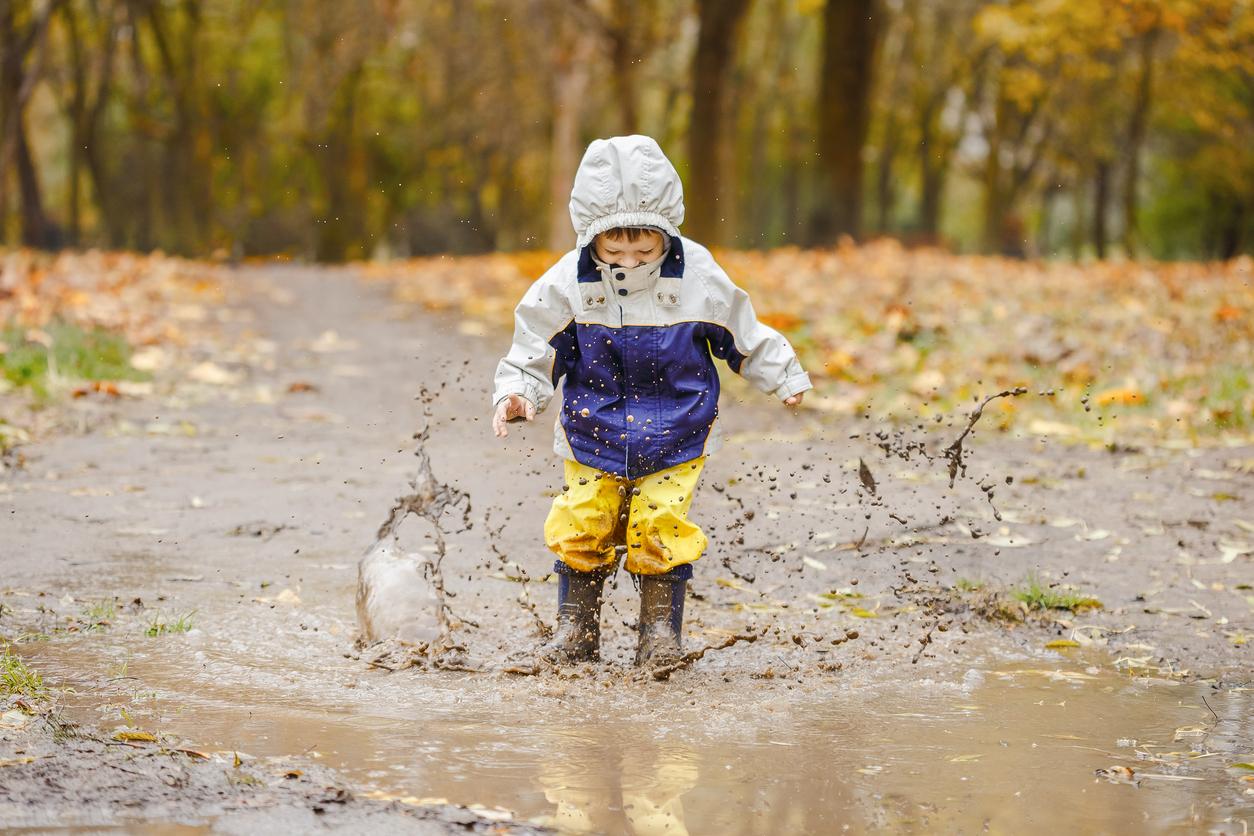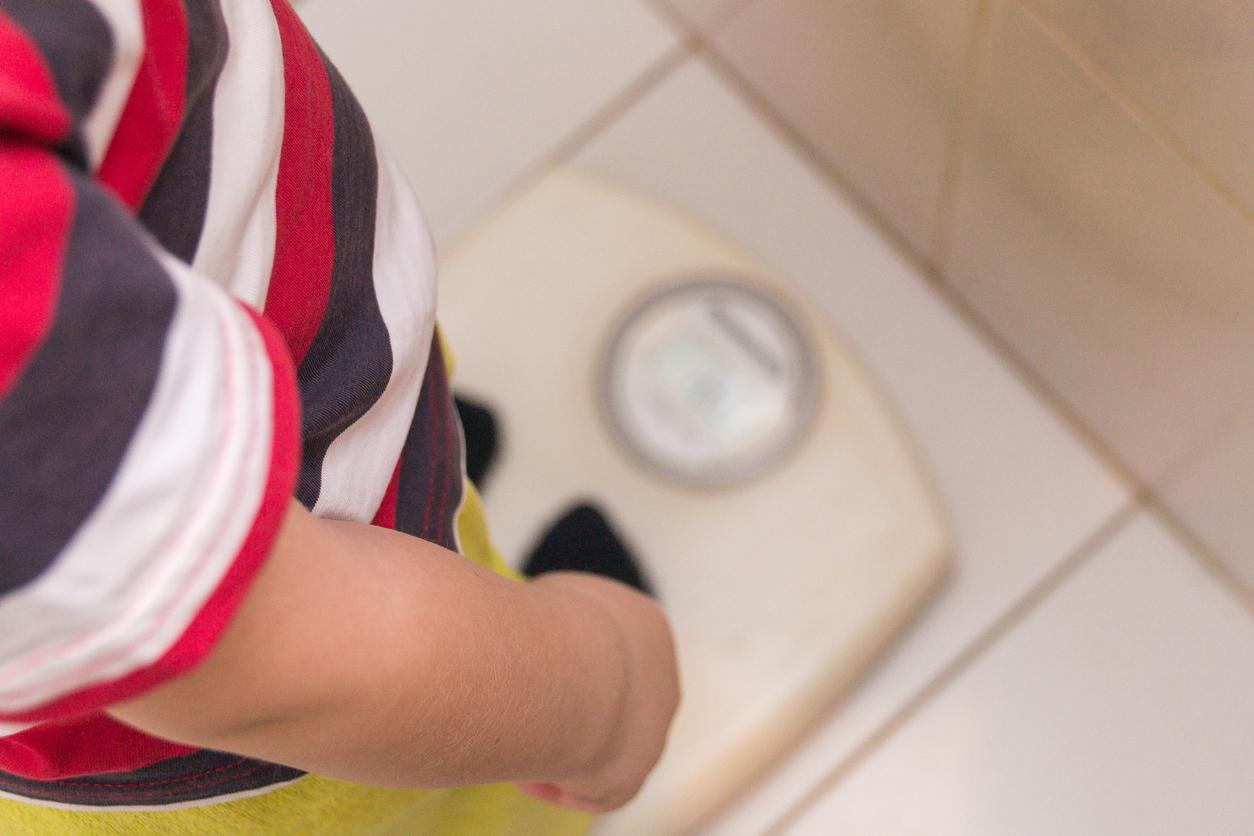Prohibiting parents from slapping or spanking their children leads to less violence among young people. This observational study supports the idea that societies that prohibit them are therefore less violent than those that have not prohibited them.

The results of this study, published in the online journal BMJ Openshow that in countries that ban corporal punishment at home and in school, the rate of physical violence is 42–69% lower than in countries where no ban exists.
In France, a practice still authorized
To determine whether national bans could affect rates of youth violence around the world, the researchers drew on data from previous surveys of adolescent behavior in 88 countries. They relied in particular on the HBSC study (Health Behavior in School Aged Children) of the World Health Organization (WHO) and that of the Global School Based Health Survey (GSHS).
In Europe, 23 countries have banned spanking and 53 worldwide. In France, a law of 2017 planned to prohibit bodily violence against one’s child before the Constitutional Council invalidated this prohibition.
Different results for men and women
Analysis of survey responses shows that physical fights are more than three times more common among young men than among young women. And this varied considerably by country, ranging from less than 1% among young Costa Rican women to nearly 35% among young men in Samoa (Polynesia).
In countries where comprehensive bans on slapping and spanking are in place, the frequency of physical violence is 69% lower among young men and 42% lower among young women than in countries where no ban exists. In countries with a partial ban, such as the UK, US and Canada, only physical violence among young women (56%) is lower.
An observation to qualify
These findings hold true even after controlling for other potentially influential factors such as national wealth, murder rates, and social programs aimed at reducing adolescent exposure to violence at home and at school.
However, the researchers recognize the limits of their study, which is only an observatory and cannot be used as the truth, in particular because of the time lag between the date of implementation of the legislation and the carrying out of the survey. The lack of information available on the use of corporal punishment by parents and teachers on adolescents also limits the scope of the conclusions.
According to the researchers, the link between bans on corporal punishment and the behavior of children is not really discernible. Moreover, the culture of each country can influence youth violence, either by exacerbating it or by inhibiting it. However, “these results support the hypothesis that societies that prohibit the use of corporal punishment are less violent for young people to grow up than societies that have not yet done so,” the researchers conclude.
.

















